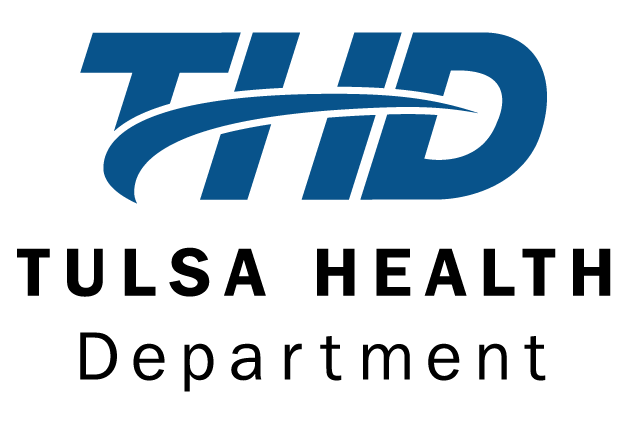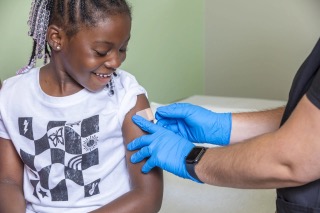Epidemiology is the “study of distribution and determinants of health-related states among specified populations and the application of that study to the control of health problems.” — A Dictionary of Epidemiology
When disease outbreaks or other threats emerge, epidemiologists are on the scene to investigate. Often called “Disease Detectives,” epidemiologists search for the cause of disease, identify people who are at risk, determine how to control or stop the spread or prevent it from happening again. Physicians, veterinarians, scientists, and other health professionals often train to be “Disease Detectives”.
What do epidemiologists do?
Like investigators at the scene of a crime, disease detectives begin by looking for clues. They systematically gather information, asking questions such as:
Who is sick?
What are their symptoms?
When did they get sick?
Where could they have been exposed?
Using statistical analysis, epidemiologists study answers to these questions to find out how a particular health problem was introduced. Disease detectives use what they learn during the investigation and make recommendations to control the spread or prevent a future occurrence.
Epidemiology Purposes in Public Health Practice
Discover the agent, host, and environmental factors that affect health
Determine the relative importance of causes of illness, disability, and death
Identify those segments of the population that have the greatest risk from specific causes of ill health
Evaluate the effectiveness of health programs and services in improving population health
Epidemiology Key Terms
Epidemic or outbreak: disease occurrence among a population that is in excess of what is expected in a given time and place.
Cluster: group of cases in a specific time and place that might be more than expected.
Endemic: disease or condition present among a population at all times.
Pandemic: a disease or condition that spreads across regions.
Isolation: used to separate ill persons who have a communicable disease from those who are healthy.
Quarantine: used to separate and restrict the movement of well persons who may have been exposed to a communicable disease to see if they become ill.
Case classification
Suspected: a case that meets the clinical case definition.
Probable: a suspected case as defined above and turbid CSF (with or without positive Gram stain) or ongoing epidemic and epidemiological link to a confirmed case.
Presumptive positive: a “presumptive positive” test result means local health workers have tested the patient and received a positive result, but the CDC has not confirmed a positive diagnosis.
Confirmed: a suspected or probable case with laboratory confirmation.
Source: CDC




